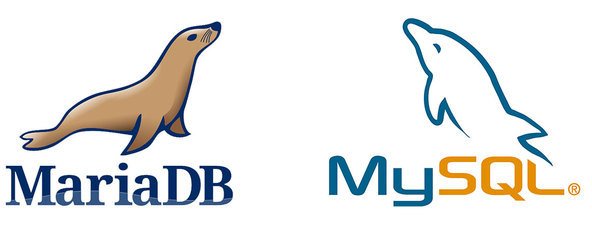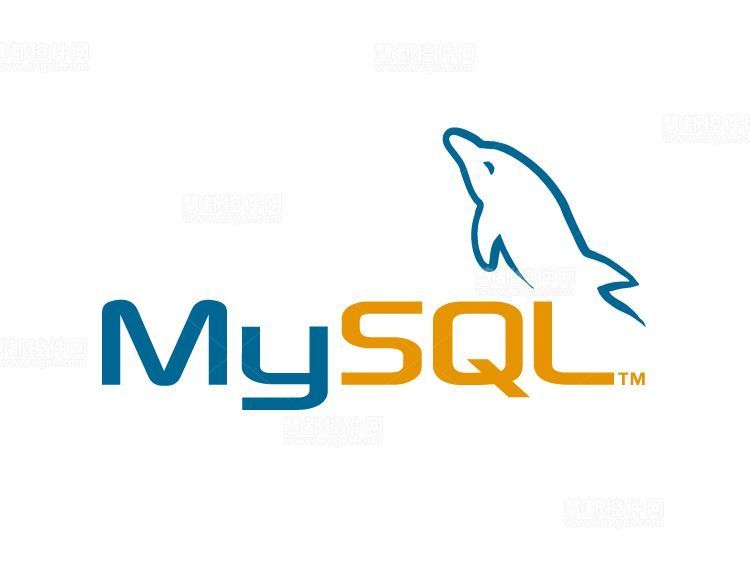Recommended 5 articles about advanced connections
Natural Joins Whenever tables are joined, there should be at least one column that appears in more than one table (the joined column). A standard join (the inner join introduced in the previous chapter) returns all data, even if the same column appears multiple times. Natural joins exclude multiple occurrences so that each column is returned only once. How to get this done? The answer is, the system doesn't do the job, you do it yourself. A natural join is a join in which you can select only those unique columns. This is typically done by using wildcards ( SELECT * ) for one table and explicit subsets for all other tables' columns. Here is an example: input: select c.*,o.order_num,o.order_date,oi.prod_id,oi.quantity,oi.item_price from customers as c, orders as o, orderitems as oi where
1. mysql advanced join-natural join, external join usage examples

Introduction :Natural Join Whenever tables are joined, there should be at least one column that appears in more than one table (the joined column). A standard join (the inner join introduced in the previous chapter) returns all data, even if the same column appears multiple times. Natural joins exclude multiple occurrences so that each column is returned only once.
2. mysql advanced connection-self-join usage example

Introduction: Self-Join As mentioned earlier, one of the main reasons for using table aliases is to reference the same table more than once in a single SELECT statement. Here's an example. Suppose you find an issue with an item (whose ID is DTNTR ) and want to know if other items produced by the supplier that produces this item also have these issues. This query requires first finding the supplier that produces the item with ID DTNTR, and then finding other items produced by this supplier.
3. mysql advanced join-using table aliases and using join conditions

Introduction: Using table aliases In addition to aliases for column names and calculated fields, SQL also allows aliases for table names. There are two main reasons for doing this: 1. To shorten the SQL statement; 2. To allow the same table to be used multiple times in a single SELECT statement.
4. SQL must-know notes 11 Creating advanced joins
Introduction: 1. Use table alias SQL In addition to aliasing column names and calculated fields, aliases are also allowed for table names. There are two main reasons for doing this: to shorten SQL statements; and to allow the same table to be used multiple times in a SELECT statement. Example of using table alias: 1 SELECT cust_name, cust_contact 2 FROM Customers AS C, Orders AS O, O
5. MySQLCreate Advanced Join_MySQL

Introduction: SQL allows aliases for tables. The two main reasons for doing so are: to shorten the SQL statement; to allow aliases in a single SELECT The same table is used multiple times in the statement; corresponding to the previous one, we use aliases to represent a table: Self-joining problem: Suppose you know that a product produced by a certain manufacturer has an ID of
【 Related Q&A recommendations]:
The above is the detailed content of Recommended 5 articles about advanced connections. For more information, please follow other related articles on the PHP Chinese website!

Hot AI Tools

Undresser.AI Undress
AI-powered app for creating realistic nude photos

AI Clothes Remover
Online AI tool for removing clothes from photos.

Undress AI Tool
Undress images for free

Clothoff.io
AI clothes remover

Video Face Swap
Swap faces in any video effortlessly with our completely free AI face swap tool!

Hot Article

Hot Tools

Notepad++7.3.1
Easy-to-use and free code editor

SublimeText3 Chinese version
Chinese version, very easy to use

Zend Studio 13.0.1
Powerful PHP integrated development environment

Dreamweaver CS6
Visual web development tools

SublimeText3 Mac version
God-level code editing software (SublimeText3)

Hot Topics
 When might a full table scan be faster than using an index in MySQL?
Apr 09, 2025 am 12:05 AM
When might a full table scan be faster than using an index in MySQL?
Apr 09, 2025 am 12:05 AM
Full table scanning may be faster in MySQL than using indexes. Specific cases include: 1) the data volume is small; 2) when the query returns a large amount of data; 3) when the index column is not highly selective; 4) when the complex query. By analyzing query plans, optimizing indexes, avoiding over-index and regularly maintaining tables, you can make the best choices in practical applications.
 Can I install mysql on Windows 7
Apr 08, 2025 pm 03:21 PM
Can I install mysql on Windows 7
Apr 08, 2025 pm 03:21 PM
Yes, MySQL can be installed on Windows 7, and although Microsoft has stopped supporting Windows 7, MySQL is still compatible with it. However, the following points should be noted during the installation process: Download the MySQL installer for Windows. Select the appropriate version of MySQL (community or enterprise). Select the appropriate installation directory and character set during the installation process. Set the root user password and keep it properly. Connect to the database for testing. Note the compatibility and security issues on Windows 7, and it is recommended to upgrade to a supported operating system.
 Explain InnoDB Full-Text Search capabilities.
Apr 02, 2025 pm 06:09 PM
Explain InnoDB Full-Text Search capabilities.
Apr 02, 2025 pm 06:09 PM
InnoDB's full-text search capabilities are very powerful, which can significantly improve database query efficiency and ability to process large amounts of text data. 1) InnoDB implements full-text search through inverted indexing, supporting basic and advanced search queries. 2) Use MATCH and AGAINST keywords to search, support Boolean mode and phrase search. 3) Optimization methods include using word segmentation technology, periodic rebuilding of indexes and adjusting cache size to improve performance and accuracy.
 MySQL: Simple Concepts for Easy Learning
Apr 10, 2025 am 09:29 AM
MySQL: Simple Concepts for Easy Learning
Apr 10, 2025 am 09:29 AM
MySQL is an open source relational database management system. 1) Create database and tables: Use the CREATEDATABASE and CREATETABLE commands. 2) Basic operations: INSERT, UPDATE, DELETE and SELECT. 3) Advanced operations: JOIN, subquery and transaction processing. 4) Debugging skills: Check syntax, data type and permissions. 5) Optimization suggestions: Use indexes, avoid SELECT* and use transactions.
 Difference between clustered index and non-clustered index (secondary index) in InnoDB.
Apr 02, 2025 pm 06:25 PM
Difference between clustered index and non-clustered index (secondary index) in InnoDB.
Apr 02, 2025 pm 06:25 PM
The difference between clustered index and non-clustered index is: 1. Clustered index stores data rows in the index structure, which is suitable for querying by primary key and range. 2. The non-clustered index stores index key values and pointers to data rows, and is suitable for non-primary key column queries.
 Can mysql and mariadb coexist
Apr 08, 2025 pm 02:27 PM
Can mysql and mariadb coexist
Apr 08, 2025 pm 02:27 PM
MySQL and MariaDB can coexist, but need to be configured with caution. The key is to allocate different port numbers and data directories to each database, and adjust parameters such as memory allocation and cache size. Connection pooling, application configuration, and version differences also need to be considered and need to be carefully tested and planned to avoid pitfalls. Running two databases simultaneously can cause performance problems in situations where resources are limited.
 The relationship between mysql user and database
Apr 08, 2025 pm 07:15 PM
The relationship between mysql user and database
Apr 08, 2025 pm 07:15 PM
In MySQL database, the relationship between the user and the database is defined by permissions and tables. The user has a username and password to access the database. Permissions are granted through the GRANT command, while the table is created by the CREATE TABLE command. To establish a relationship between a user and a database, you need to create a database, create a user, and then grant permissions.
 RDS MySQL integration with Redshift zero ETL
Apr 08, 2025 pm 07:06 PM
RDS MySQL integration with Redshift zero ETL
Apr 08, 2025 pm 07:06 PM
Data Integration Simplification: AmazonRDSMySQL and Redshift's zero ETL integration Efficient data integration is at the heart of a data-driven organization. Traditional ETL (extract, convert, load) processes are complex and time-consuming, especially when integrating databases (such as AmazonRDSMySQL) with data warehouses (such as Redshift). However, AWS provides zero ETL integration solutions that have completely changed this situation, providing a simplified, near-real-time solution for data migration from RDSMySQL to Redshift. This article will dive into RDSMySQL zero ETL integration with Redshift, explaining how it works and the advantages it brings to data engineers and developers.






